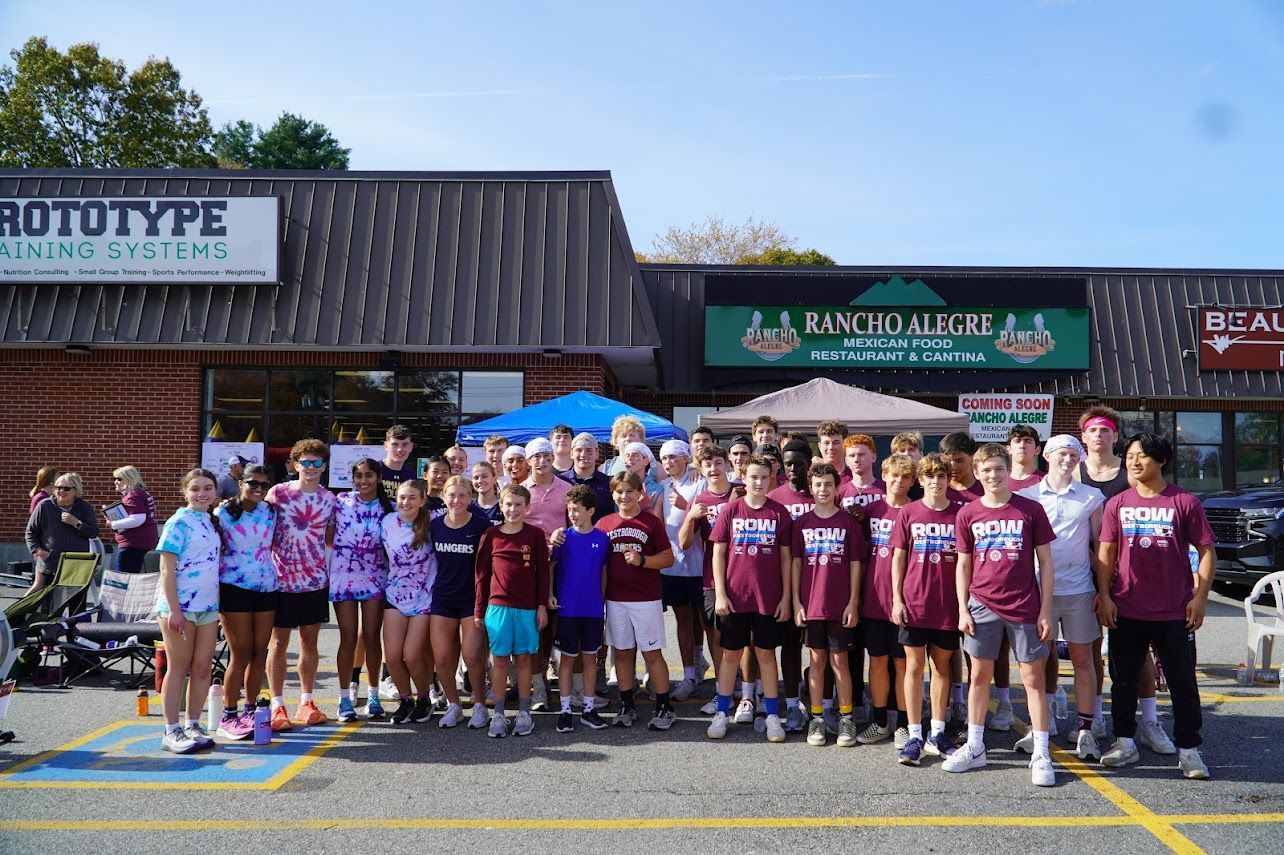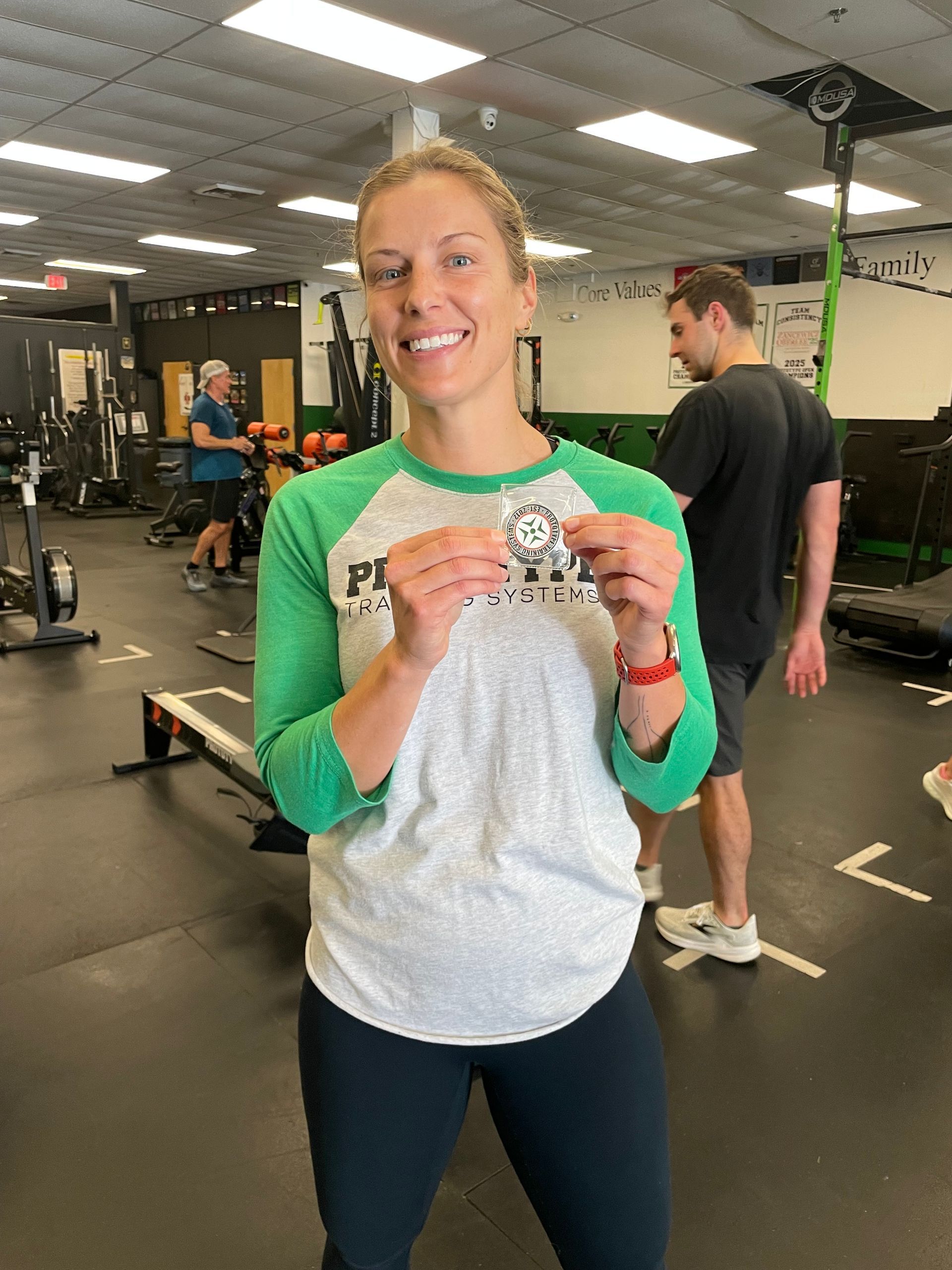Always overeating? It’s time to stop
7 ways to stop overeating
By: Jon Collette (Prototype Nutrition Coach)

Are you constantly overeating? Always feeling way too full and overindulging on the weekends? In this blog post, we will cover 7 ways to help you with this!
You may have heard the phrase mindful eating before but what exactly does that mean and why is it important to practice?
To start, let’s start by defining what mindful eating is:
Mindful is…
1. to be conscious or aware
2. Focusing one’s awareness on the present moment
Mindful eating is simply defined as being more conscious and aware of what you’re eating in the present moment. This is also used as a form of meditation and therapy when trying to change specific behaviors.
In order to stop or prevent overeating, we need to pivot our eating habits from what they are to a more mindful approach.
Below I have outlined 7 strategies to help you not only become a mindful eater BUT, to prevent overeating as well.
-
Start slow
Just like anything, if you focus on too many things at once you’re no longer focusing on anything. Being mindful of your eating should start by simply trying to slow down . Eat slower, chew more, and be present during your meal. An easy tip here is to literally count your bites, then, 4-5x that!
-
Put away distractions
It’s really difficult to be mindful of your eating if your focus is elsewhere. Try not to eat while looking at screens, scrolling through social media, reading a book, etc. Practice just being present. An easy tip here is to put your phone on the charger and out of sight while you eat OR eat at the table with your family with the TV off. It seems so simple, but it might be a big change in your habits!
-
Put your fork down between bites
This aligns with point #1 as it forces you to slow down, be in tune with how you’re feeling and allows you to fully process your bite before taking your next. Not only is this a good way to be aware of how much you’re eating but also can help with good digestion. An easy tip here is to think of your eating like an interval workout. Pick up the fork, take a bite, and put it down to rest, then repeat for 1000 rounds!
-
Acknowledge your cravings, sensations, and thoughts
This is simply tuning into what you are feeling. Give yourself permission and eat what you feel you need at the time BUT do it mindfully! Whether you want a snack that is sweet or something salty, have it, but follow the other points in this post! An easy tip here is to log and track your nutrition. This will give you even more permission to have those treats but to stay in the confines of your total macros for the day.
-
Ask yourself how is this going to make me feel?
This is so important to eating mindfully and dialing in your nutrition. Will I still be hungry? Will I be really full? Will this help me with my workout? How will my stomach feel? Ask yourself these questions and learn from your experiences. An easy tip here is to listen to your body after you overindulge or after you have a dense calorie food (like ice cream or candy). Let yourself be part of this experiment. Write down how you feel afterward in a journal so you can remind yourself that you don’t want to feel like that again!
-
Eat to 80%
After eating a meal we don’t want to feel like we need to unbuckle our belts and sit for a minute. We all know that feeling… like after your 3rd Thanksgiving meal! We want to eat so we are feeling satisfied, not hungry nor extremely full. This is sometimes difficult to do with highly processed foods so be mindful of your food quality as well. An easy tip here is to set a timer after you eat 80% of the food that you took for yourself. Wait 10-15 minutes and see if your brain has caught up to your body!
7. Give your plate some color!
We want to be mindful of the quantity we are eating but we also want to be aware of what quality of foods we are eating! Making your plate colorful refers to adding more fruits & veggies to your meals. Remember that fruits and veggies (raw are the best) has a TON of fiber in them. Fiber helps us feel fuller, faster. It’s really hard to overeat on fruits and veggies… like really hard. We will often overeat on starchy foods, processed foods, or higher calorie proteins like beef. An easy tip here is to actively remind yourself that with each meal you have, you need to have some color on your plate. Put reminders on your phone or plan out your meals for the week by starting with what fruit or veggie you are going to eat with your meal. We often create our meals around the main food (the protein), flip the script, and do it the other way!
In summary, mindful eating is a skill that takes practice. Leverage the tips and strategies that I provided for you in this post. Even applying one of these can help you go a long way!
Found this helpful but still want help? Book a FREE Nutrition Consultation with one of our Prototype Nutrition Coaches. Use the link here!
The post Always overeating? It’s time to stop appeared first on Prototype Training Systems.
Previous Blogs

Climb to New Heights
Prototype Training Systems is more than a gym - it is a lifestyle. Join us today!



